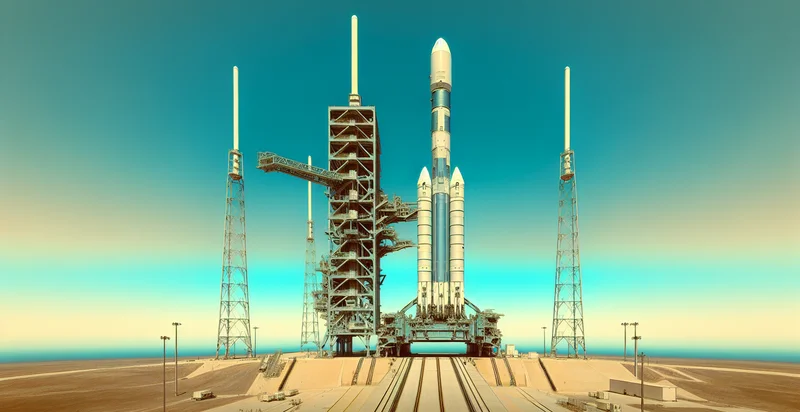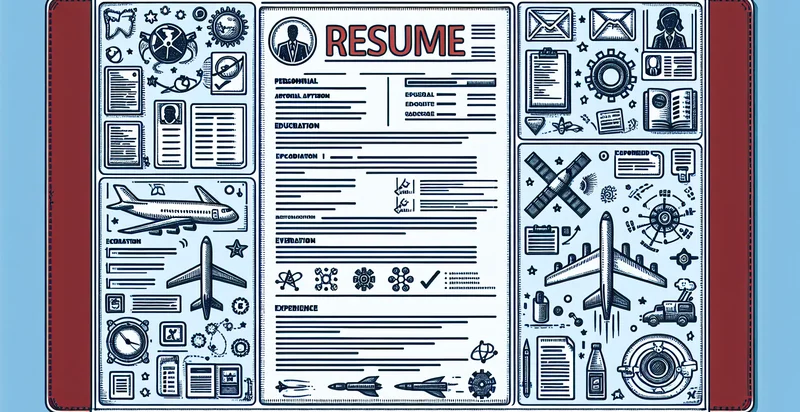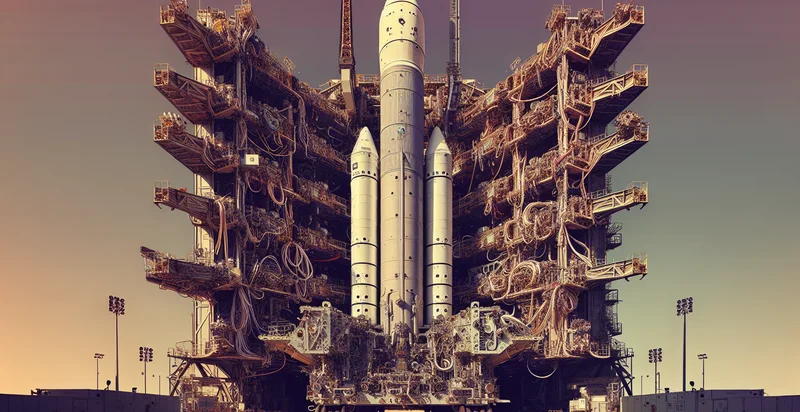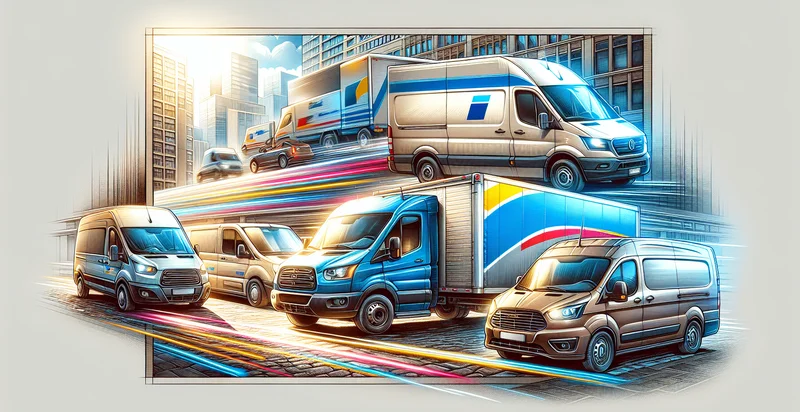Identify launch vehicle
using AI
Below is a free classifier to identify launch vehicle. Just upload your image, and our AI will predict what type of launch vehicle it is - in just seconds.

Contact us for API access
Or, use Nyckel to build highly-accurate custom classifiers in just minutes. No PhD required.
Get started
import nyckel
credentials = nyckel.Credentials("YOUR_CLIENT_ID", "YOUR_CLIENT_SECRET")
nyckel.invoke("launch-vehicle", "your_image_url", credentials)
fetch('https://www.nyckel.com/v1/functions/launch-vehicle/invoke', {
method: 'POST',
headers: {
'Authorization': 'Bearer ' + 'YOUR_BEARER_TOKEN',
'Content-Type': 'application/json',
},
body: JSON.stringify(
{"data": "your_image_url"}
)
})
.then(response => response.json())
.then(data => console.log(data));
curl -X POST \
-H "Content-Type: application/json" \
-H "Authorization: Bearer YOUR_BEARER_TOKEN" \
-d '{"data": "your_image_url"}' \
https://www.nyckel.com/v1/functions/launch-vehicle/invoke
How this classifier works
To start, upload your image. Our AI tool will then predict what type of launch vehicle it is.
This pretrained image model uses a Nyckel-created dataset and has 20 labels, including Ariane 5, Atlas V, Delta Iv Heavy, Electron, Falcon 9, Falcon Heavy, Gho-1, H-Iia, H-Iib and Long March 2.
We'll also show a confidence score (the higher the number, the more confident the AI model is around what type of launch vehicle it is).
Whether you're just curious or building launch vehicle detection into your application, we hope our classifier proves helpful.
Related Classifiers
Need to identify launch vehicle at scale?
Get API or Zapier access to this classifier for free. It's perfect for:
- Space Launch Verification: This function can be used by space agencies to automatically verify the classification of images submitted as evidence for the launch of various vehicles. By accurately identifying launch vehicles, agencies can ensure compliance with regulatory requirements and security protocols.
- Satellite Imagery Analysis: Companies that analyze satellite imagery for commercial purposes can utilize this function to filter out irrelevant images. By identifying launch vehicles within expansive datasets, organizations can focus their analysis on key events and trends in the aerospace sector.
- Insurance Risk Assessment: Insurance companies can deploy this image classification function to assess risks associated with launch vehicles. By identifying specific vehicle types in images, insurers can better understand the exposure and calculate premiums for aerospace projects.
- Aerospace Research and Development: Research institutions can leverage this function to gather data on launch vehicles in development. By classifying images from various sources, researchers can track advancements in rocket technology and emerging trends in the aerospace field.
- Security Surveillance: Security agencies can implement this image recognition tool to monitor areas around launch sites. By identifying launch vehicles, they can enhance situational awareness and respond effectively to potential threats or unauthorized activities.
- Marketing and Public Relations: Companies involved in the aerospace industry can use this function for branding and marketing purposes. By classifying images of their launch vehicles, they can efficiently curate content for promotional campaigns and effectively showcase their capabilities to potential customers.
- Educational Tools for Aerospace Programs: Educational institutions can incorporate this function into their curricula for aerospace engineering and technology programs. By classifying real-world images of launch vehicles, students can engage with practical applications of their studies, enhancing their learning and understanding of the aerospace industry.


